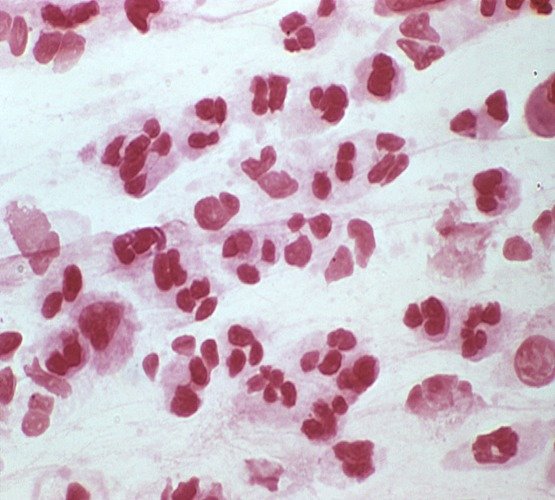Product photo

Product details
Name: Phytoplasma mali Heat-inducible transcription repressor HrcA (hrcA) -Yeast
Size: 1000ug
Catalog no.: GEN1057718.Yeast
Order on Gentaur.comGene name
hrcA
Expression system
Yeast
Other gene names
hrcA; hrcA;
Form
Lyophilized protein
Product category
Recombinant Proteins
Purity
Greater than 90% (determined by SDS-PAGE)
Available also expressed in:
E Coli ; Yeast ; Baculovirus ; Mammalian Cell
Long name
Recombinant Phytoplasma mali Heat-inducible transcription repressor HrcA (hrcA)
Applications
This protein can be used as a positive control for applications such as ELISA, IFA, RIA, Western Blot, etc.
Alternative names
heat-inducible transcription repressor; Heat-inducible transcription repressor HrcA; heat-inducible transcription repressor;
Storage
This protein can be stored at -20 degrees Celsius. For extended periods of time it is recommended to keep the protein frozen at -40 or -80 degrees Celsius. Avoid cycles of freezing and thawing as they might denaturate the polypeptide chains.
General description
Heat-inducible transcription repressor HrcA (hrcA) is a recombinant protein expressed in Yeast . The protein can be with or without a His-Tag or other tag in accordance to customer's request. All of our recombinant proteins are manufactured in strictly controlled facilities and by using a well established technology which guarantees full batch-to-bact consistency and experiment reproducibility.
Description
The activation of transcription factor subunits is the first step of gene expression, in which a particular segment of DNA is copied into RNA (mRNA) by the enzyme RNA polymerases. Transcription factors, unites and elongations can be RNA and DNA nucleic acids, base pairs of nucleotides . Converting from DNA to RNA is made by enzymatic reactions. During transcription, a DNA sequence is read by an RNA polymerase, which produces a complementary, anti-parallel RNA strand called a primary transcript. Transcriptions are key functions in signal transduction pathways. Signaling ligand binding transcription factors play an important role in transduction cascades.
